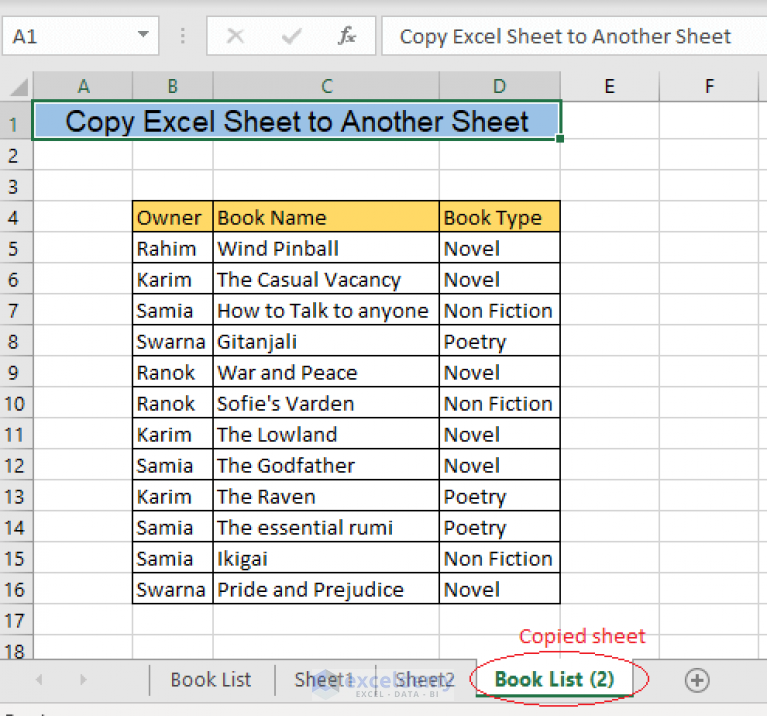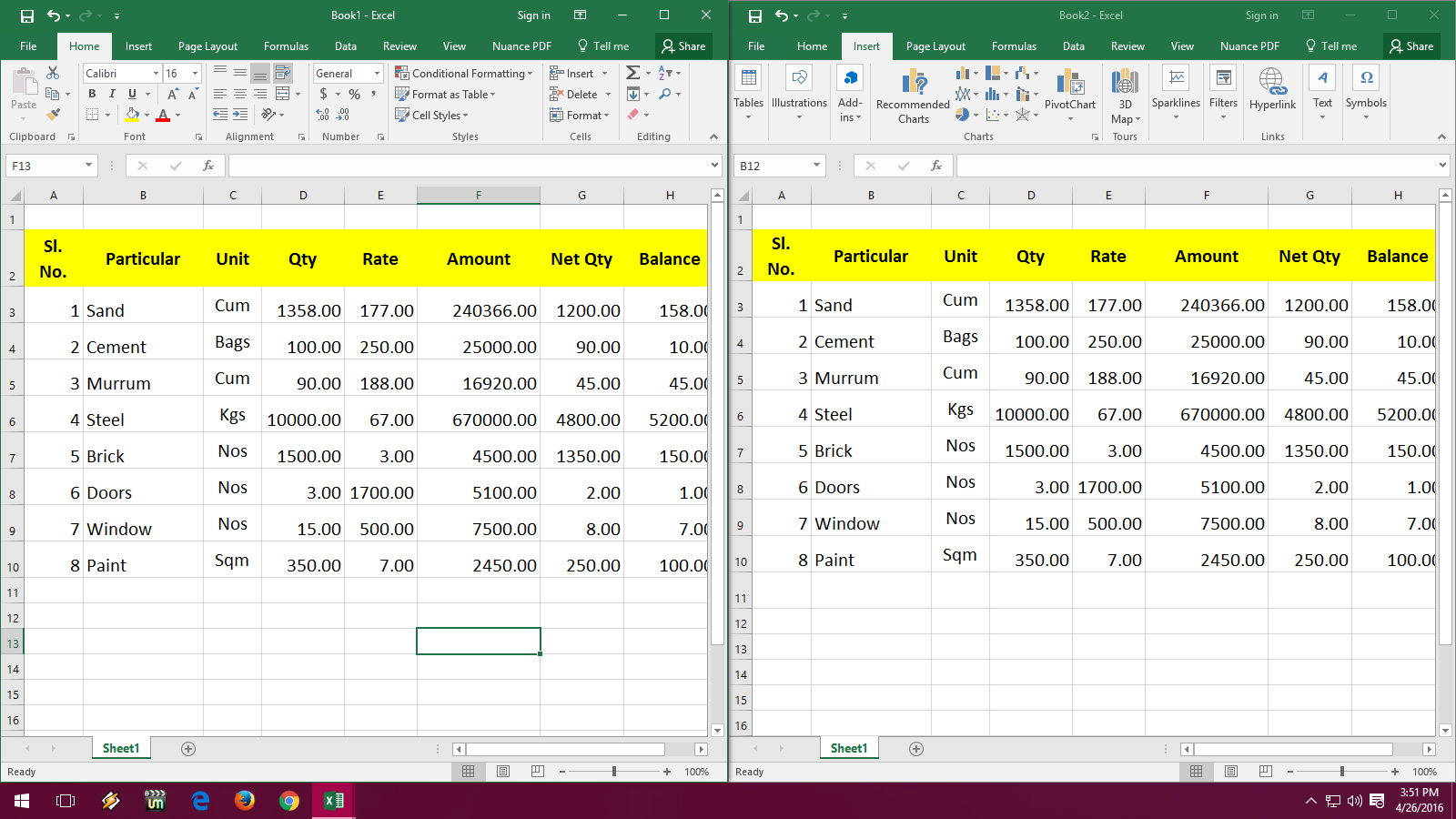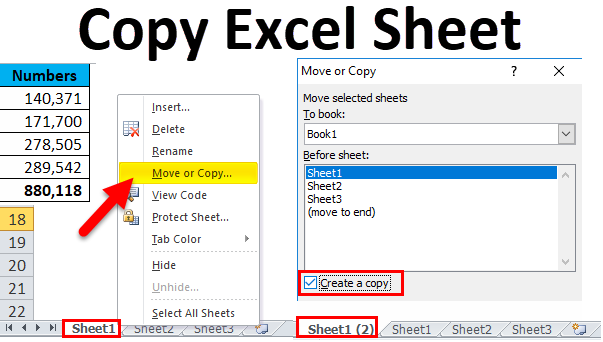5 Ways to Copy Excel Templates Between Sheets

Excel's versatility and functionality make it indispensable in environments where financial modeling, data analysis, or any meticulous tasks requiring organization are the norm. A key feature that elevates productivity in Excel is the ability to copy templates between sheets, facilitating consistency and reducing repetitive work.
1. Use of Standard Copy and Paste Functionality

The simplest method to replicate an Excel template is through standard copy (CTRL+C) and paste (CTRL+V). Here’s a detailed step-by-step guide:
- Select the entire template area within the source sheet. Use the shift key or mouse click to highlight the area precisely.
- Copy the selection using either the keyboard shortcut or the copy icon from the ribbon.
- Navigate to the destination sheet. This can be done by clicking its tab at the bottom of the Excel window.
- Paste the copied template into the desired location on the destination sheet.
💡 Note: Ensure you're not copying blank cells with your template as they might interfere with adjacent data. Use the 'Paste Special' option for specific paste needs.
2. Copy Sheets

Sometimes, your template might occupy an entire sheet, or it’s more efficient to work with sheets directly:
- Right-click on the tab of the source sheet containing the template.
- Select ‘Move or Copy’ from the context menu.
- In the dialog box, choose where you’d like to place the new sheet (you can also move it to another workbook).
- Check the ‘Create a copy’ box before confirming.
📌 Note: This method copies everything on the sheet, including formulas, charts, and formats. If formulas reference other sheets, they'll now reference the new location, which might need manual adjustment.
3. Template Replication Using Excel’s Named Ranges

Named Ranges are powerful tools for managing complex Excel files:
- Define a Named Range by selecting your template, going to the ‘Formulas’ tab, and choosing ‘Define Name’.
- When you want to copy this range to another sheet, use the name in formulas like =Sheet1!YourRangeName.
- Copy-paste this formula into the new sheet. The template’s structure will be duplicated, though values and data might need updating.
4. Excel Macros

For repetitive tasks, creating a macro can automate the process:
- Record a macro by selecting ‘Macros’ from the ‘Developer’ tab (ensure this tab is enabled).
- Perform the copy-paste actions on your template while recording.
- Stop recording and save the macro. You can now run this macro to replicate the template when needed.
🔍 Note: Macros can be modified to copy templates to any sheet, even dynamically creating new sheets for different months or projects.
5. Using Excel’s ‘Fill Handle’ or ‘Autofill’ Feature

The Fill Handle, a small square at the bottom-right of a cell selection, allows for dynamic replication:
- Select the range with your template.
- Drag the Fill Handle across the cells where you want to replicate the template.
- Adjustments for formula references will be made automatically, or you can choose ‘Fill Without Formatting’ for only values.
Replicating templates in Excel can streamline workflows, ensuring consistency across your workbook. Here are some key points to remember:
- Each method has its nuances; choose based on the size of your template and the context in which it's used.
- Practice caution with formulas, as they can change when copied or moved.
- Macros offer automation but require some initial setup time.
- Use formatting options to preserve or modify the template's look when necessary.
Remember, mastering these techniques will not only save time but also enhance the accuracy and professionalism of your Excel documents. Whether you're working on financial models, project schedules, or tracking data, these methods will help you maintain a high level of productivity and accuracy.
Why should I use Named Ranges when copying templates?

+
Named Ranges make your formulas easier to read, manage, and debug. They also ensure that when you replicate your template, Excel automatically adjusts the references, making the process more accurate and dynamic.
Can I automate the template replication process?

+
Yes, through the use of Excel Macros. Recording and executing macros can automate the steps for copying templates, particularly useful in scenarios where this process is frequently required.
How do I ensure the formulas in the template adapt when copied?

+
Excel generally adjusts formulas when they are copied to reflect their new positions. Named Ranges or relative cell references help in maintaining accuracy. If your formulas don’t update correctly, you might need to manually adjust them or use the ‘Find & Replace’ tool to update references.



